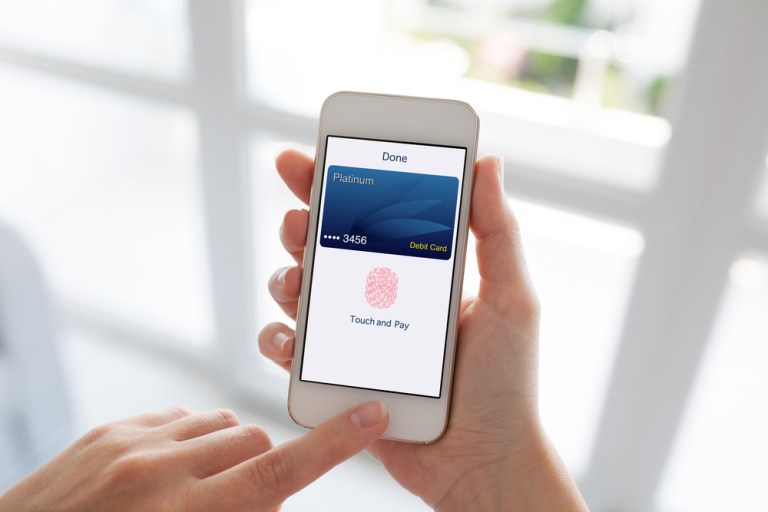PYMNTS Intelligence: The Best Anti-Fraud Solutions for Banks and Their Customers

Fraud’s cost goes far beyond the actual amount stolen, with a recent study finding that every dollar lost to fraud costs FIs about $4.36 in total. Moreover, this represents only directly related expenses, such as legal fees and recovery: The true cost of fraud, taking lost customer loyalty into account, is likely incalculable.![]()
Fraud-fighting solutions may be expensive, but they more than pay their freight when considering this cost. This month’s PYMNTS Intelligence details the most effective solutions banks can leverage to prevent cybercrime and its associated lost revenue.
Balancing security with convenience
While 74% of customers value good fraud protection as a top-three consideration when applying for financial accounts, 25% say they have abandoned a checking account application due to obtrusive authentication procedures. A customer lost to friction is just as gone as one lost to bank fraud, so banks must walk a fine line in balancing the competing needs for security and convenience.
One of the most effective ways to authenticate customers seamlessly yet securely is with biometrics, which offers excellent protection and is favored by large portions of customers. More than 36% of customers prefer to use fingerprint scans for authentication, while 34% favor facial recognition technology.
Businesses of all types, including banks, are adopting biometrics in record numbers to counter the rising threat of digital fraud. Fifty-six percent of businesses worldwide that leverage document verification tools offer facial recognition, and 91% plan to increase their spending on identity verification processes in the next three years. Partnering with third-party vendors is one way to fast-track implementation of fraud prevention procedures.![]()
The value of partnerships in bolstering cybersecurity
Some advanced biometric security measures are expensive to implement, especially for smaller FIs that lack a dedicated in-house biometrics team. One survey of bank executives found that 70% lack the data analysis and AI capabilities to compete long-term with banks that have the resources to develop in-house security technology.
Third-party partnerships are a critical resource for covering these knowledge gaps, as they offer plug-and-play solutions that fight fraud and verify consumers’ identities without the need for in-house expertise. Six in 10 banks plan to increase their IT spending on fraud management in 2023, and third-party verification solutions could be an especially high-value investment.